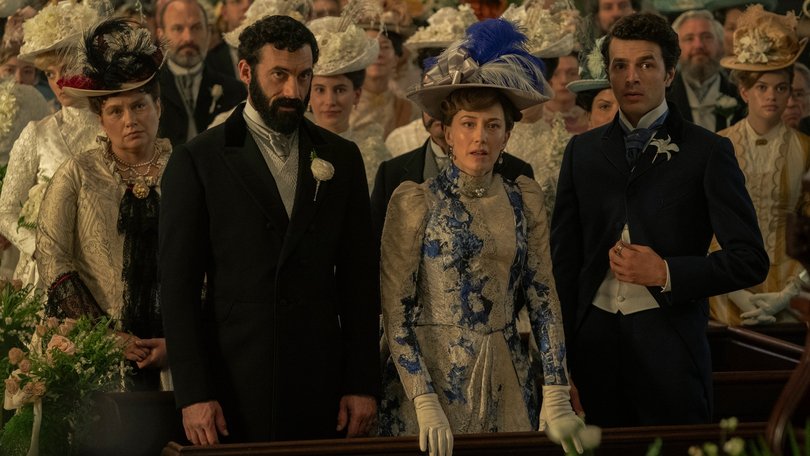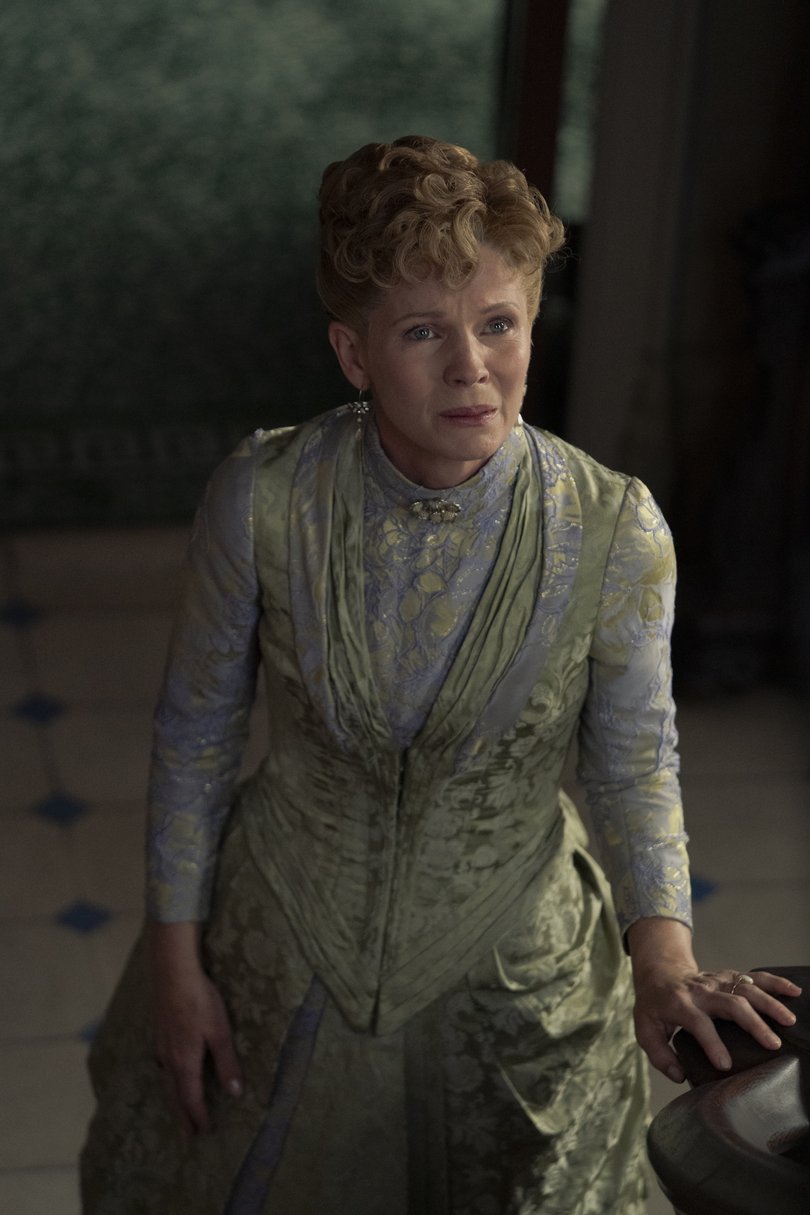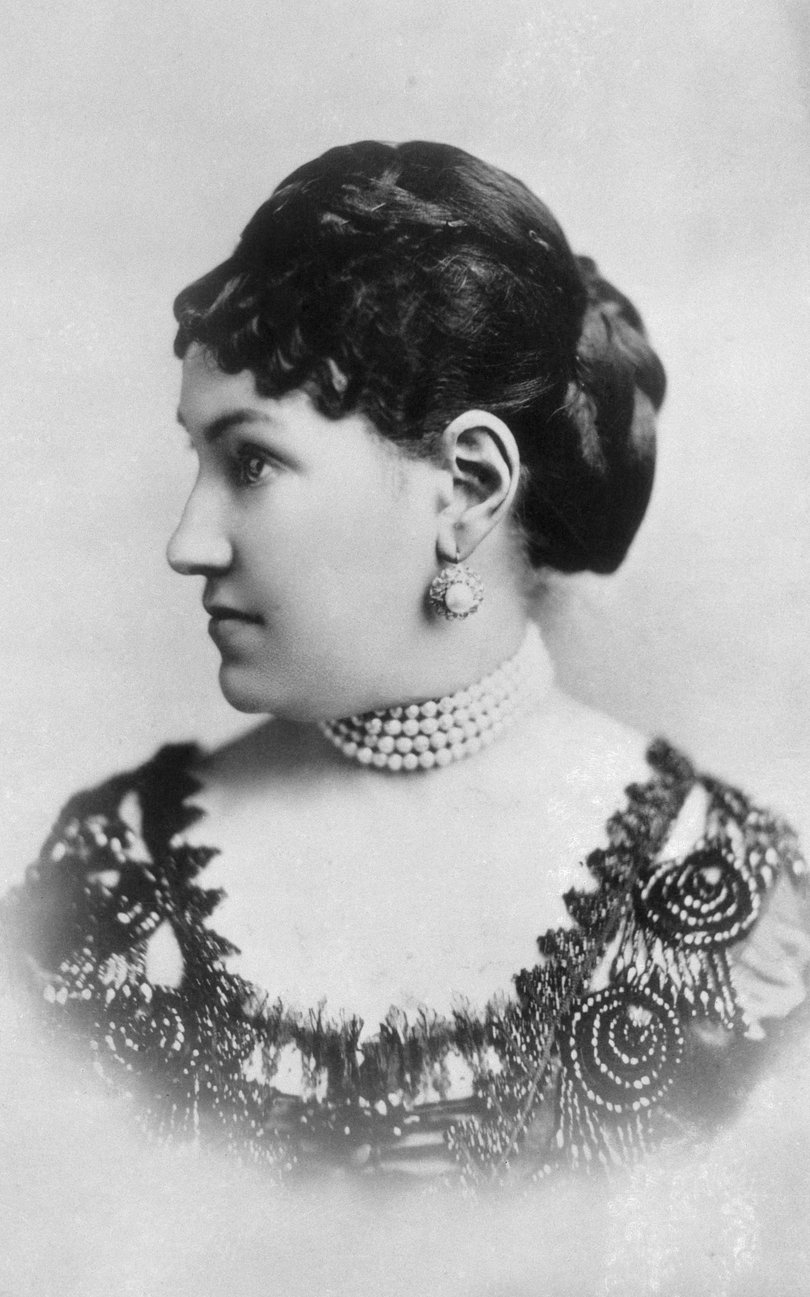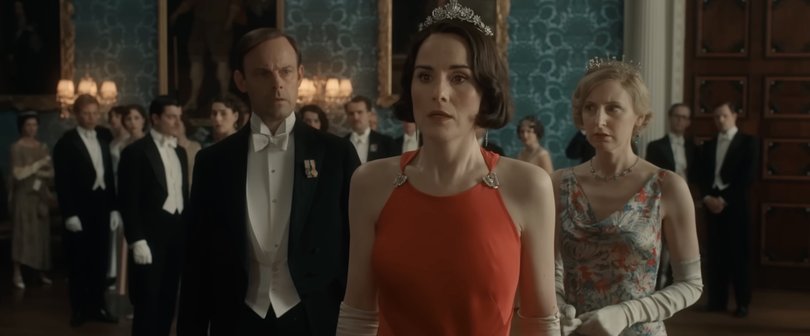The Gilded Age: The real-life divorce scandal that shocked New York society

Julian Fellowes’ opulent historical dramas aren’t just indulgent soap operas with lavish costumes and detailed period sets.
Downton Abbey and The Gilded Age both aim to capture a moment of great social change. In Downton, it’s the decline of the titled landed gentry as technology, war and the dwindling of British imperialism challenged their status.
How can a family like the Crawleys maintain their way of life when everything around them is changing? They, too, must adapt to the times. In the upcoming third Downton movie, the trailer suggests a key plot point will be the scandal caused by Mary’s divorce from Henry Talbot, and her expulsion from a party because of it.
Sign up to The Nightly's newsletters.
Get the first look at the digital newspaper, curated daily stories and breaking headlines delivered to your inbox.
By continuing you agree to our Terms and Privacy Policy.At the same time, Fellowes’ The Gilded Age is parsing the same controversy in the circles of New York’s high society – albeit, The Gilded Age season three is set in the early 1890s, while the third Downton movie takes place in the early 1930s. Social progress moved much more slowly in Britain.
Season three opened with several storylines, but one involved the upcoming divorce of Aurora Fane, a cousin of the Brook sisters, played by Christine Baranski and Cynthia Nixon. The dissolution of her marriage is not Aurora’s choice – her husband met someone else and has cruelly tossed his wife aside – and she is distraught.

She will not only suffer emotional turmoil and betrayal, but also the ostracisation from all her social circles. Divorced women are forbidden in so-called polite society. It might sound frivolous, oh, you can’t attend a ball, but the fate that awaits Aurora is one in which she will be shunned from her life as she knows it, even though she didn’t instigate the divorce.
Aurora and the Brooks are fictional characters, but The Gilded Age does dramatise some very real-life people who were part of that era’s history, and the Aurora plotline telegraphs a story point that will feature prominently in the rest of the season.
How is divorce treated in a social structure so rigid that any misstep or perceived misstep makes you persona non grata?
The high empress of New York society at the time, Caroline Astor, also known as THE Mrs Astor, was the head of the so-called The Four Hundred, a de facto membership club of “acceptable” persons. She had battled to exclude the new money robber barons, for example, the Vanderbilts, but eventually acquiesced, to a degree.
Mrs Astor will also be right in the middle of the divorce problem because in the 1890s, the most scandalous break-up would involve her very own daughter, Charlotte.

Charlotte, born in 1958, was her third child and had in 1879 married J. Coleman Drayton, who was chosen from a swathe of suitors. She came with a dowry of $500,000 (equivalent to $16 million today), as well as a Manhattan mansion.
They weren’t happy for long, and by 1890, the marriage was on the skids. It all became public in 1892 when it emerged in newspaper reports that Charlotte had been spending an inappropriate amount of time with another American in Europe, Hallett Alsop Borrowe.
Upon discovery, Drayton challenged Borrowe to a duel in Paris, although both sides were talked out of it. But the social damage was done, and news of the dust-up travelled through every damasked and wood-panelled parlour in New York City.
That same year, her father, William Astor, died and disinherited Charlotte, although he left $850,000 to her children. Her brother, John Jacob Astor IV, who would later die on the Titanic, conferred $1 million on his sister.
Her husband, Drayton, returned from Europe to New York on the same steamliner as Borrowe, no less - their arrival made the front page of The New York Times.
He instituted divorce proceedings against his wife. At the time, the only reason for divorce in New York state was adultery. Charlotte began a counter-claim against her husband, citing abandonment.

The divorce was eventually granted, and in 1897, she married George Ogilvy Haig, a whisky heir and brother to future WWI general Douglas Haig. She died in France in 1920.
Charlotte’s divorce was a huge scandal at the time, with few precedents (a cousin, Margaret Laura de Stuers, had divorced her husband only years before), but many followed in her steps.
Among the most notable was Alva Vanderbilt, the historical inspiration for The Gilded Age’s Bertha Russell, as well as John Jacob Astor IV in 1910.
It would take the UK longer to catch up, and the royals’ marriages would become the centre of social handwringing and eventual acceptance in the 20th century.
Among the many charges against Wallis Simpson when she and Edward VIII became involved with their eventual marriage in 1937, was that she was twice-divorced.

